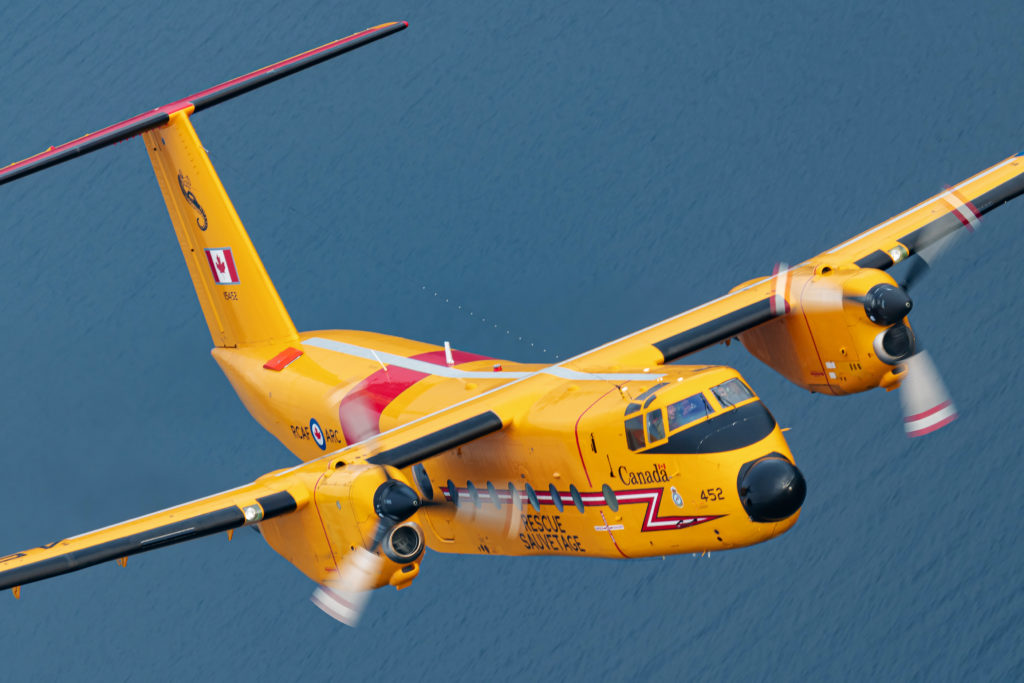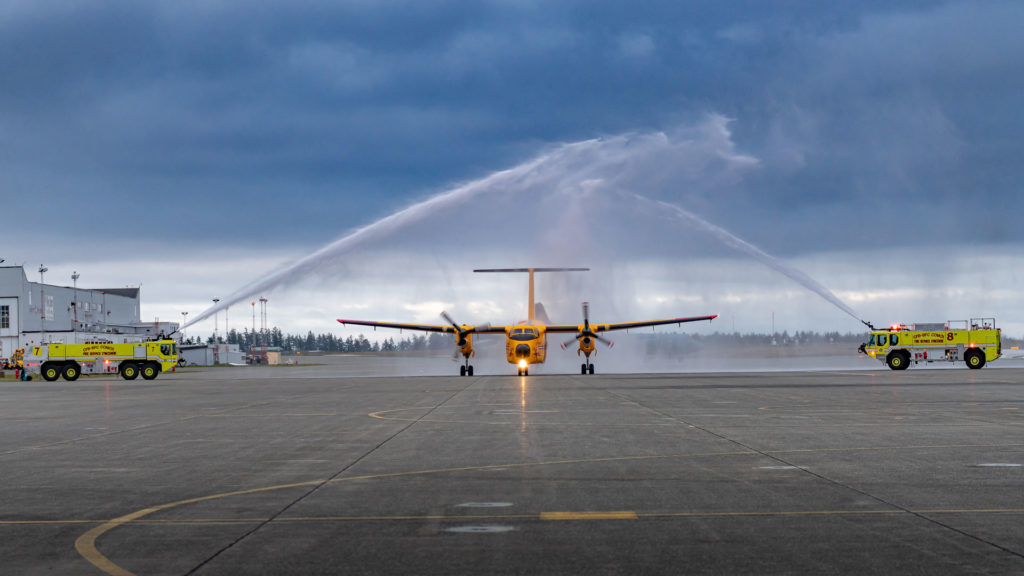Estimated reading time 6 minutes, 30 seconds.
After retiring its CC-115 Buffalo fixed-wing search-and-rescue fleet, the Royal Canadian Air Force (RCAF) has been hoping that the final resting place for the last available Buffalo would be the Canada Aviation and Space Museum in Ottawa. But a moratorium on collecting has prompted Arizona’s Pima Air and Space Museum to make a bid for the plane.
The final operational flight of the venerable Buffalo took place in mid-January this year. The aircraft, No. 115452, was the last of six of the original 15 aircraft that were operated by 442 Transport and Rescue Squadron in Comox since the early 2000s.

While five of the last six aircraft already have final homes, there is one Buffalo still available. According to Department of National Defence (DND) spokesperson, Dan Le Bouthillier, a final decision has not yet been made regarding where the last Buffalo will end up.
The organization responsible for the Canada Aviation and Space Museum, and two other national museums related to science and technology, has put a moratorium on collecting while artifacts are relocated to a new storage facility. It is not yet known how long that moratorium will last.
In the meantime, executive director of the Pima Air and Space Museum, Scott Marchand, has said that the Tucson-based museum would provide an excellent home for the Buffalo, for several reasons.
Marchand noted that the museum has over 300,000 square feet of indoor displays for its 430-plus aircraft collection — which is one of the largest and most diverse in the world.
Moreover, the museum already has “several former CAF/RCAF aircraft in our collection, and the Buffalo is certainly a notable type,” he said, adding that the museum sees tons of Canadian visitors each year.

“We’d be honored to have the opportunity to preserve [the Buffalo] here and further highlight the long NATO/NORAD partnership between the U.S.A. and Canada.”
Marchand also highlighted the fact that the Pima Air and Space Museum is situated next to Davis Monthan-Tucson Air Force Base, so the plane could easily be flown to that location.
On June 8, Rebecca Hickey, director of communications and marketing at Ingenium (the organization responsible for the Canada Aviation and Space Museum), told Skies in an email that the museum is “very much interested in acquiring a CC-115 Buffalo.
“Although the museum has a self-imposed moratorium in place for acquiring new items, exceptions may be made in the case of artifacts of exceptional historical and technological significance,” she continued.
“In the case of the CC-115 Buffalo, our acquisitions committee voted unanimously to add the aircraft to the national collection, and we have formally expressed our interest to acquire the aircraft to DND. Ingenium is hopeful that this remarkable and historically significant aircraft will soon be part of the national collection, where it can be preserved for future generations.”
While the final resting place for the last available Buffalo has not been confirmed, the RCAF has already solidified homes for the other five aircraft. The Ottawa Citizen reported that one plane will be used as a military firefighter training aid at the Canadian Forces Fire and Chemical, Biological, Radiological and Nuclear Academy in Borden, Ontario.
The other four aircraft have been donated to museums across Canada, including the Air Force Heritage Park in Summerside, P.E.I.; the National Air Force Museum in Trenton, Ontario; the Comox Air Force Museum in Comox, British Columbia; and the Air Force Heritage Museum and Air Park at 17 Wing in Winnipeg, Manitoba.

The CC-115 Buffalo, a de Havilland Canada-built DHC-5 utility transport turboprop, first entered service in 1967 with 429 Squadron in Saint-Hubert, Quebec. The fleet assumed the SAR role in the 1970s and operated from various bases across the country. After operating in perilous conditions for the better part of 55 years, the Buffalo will be remembered for its operational excellence.








